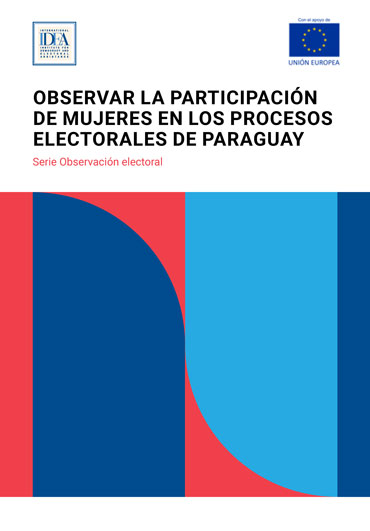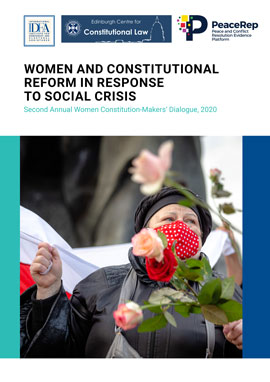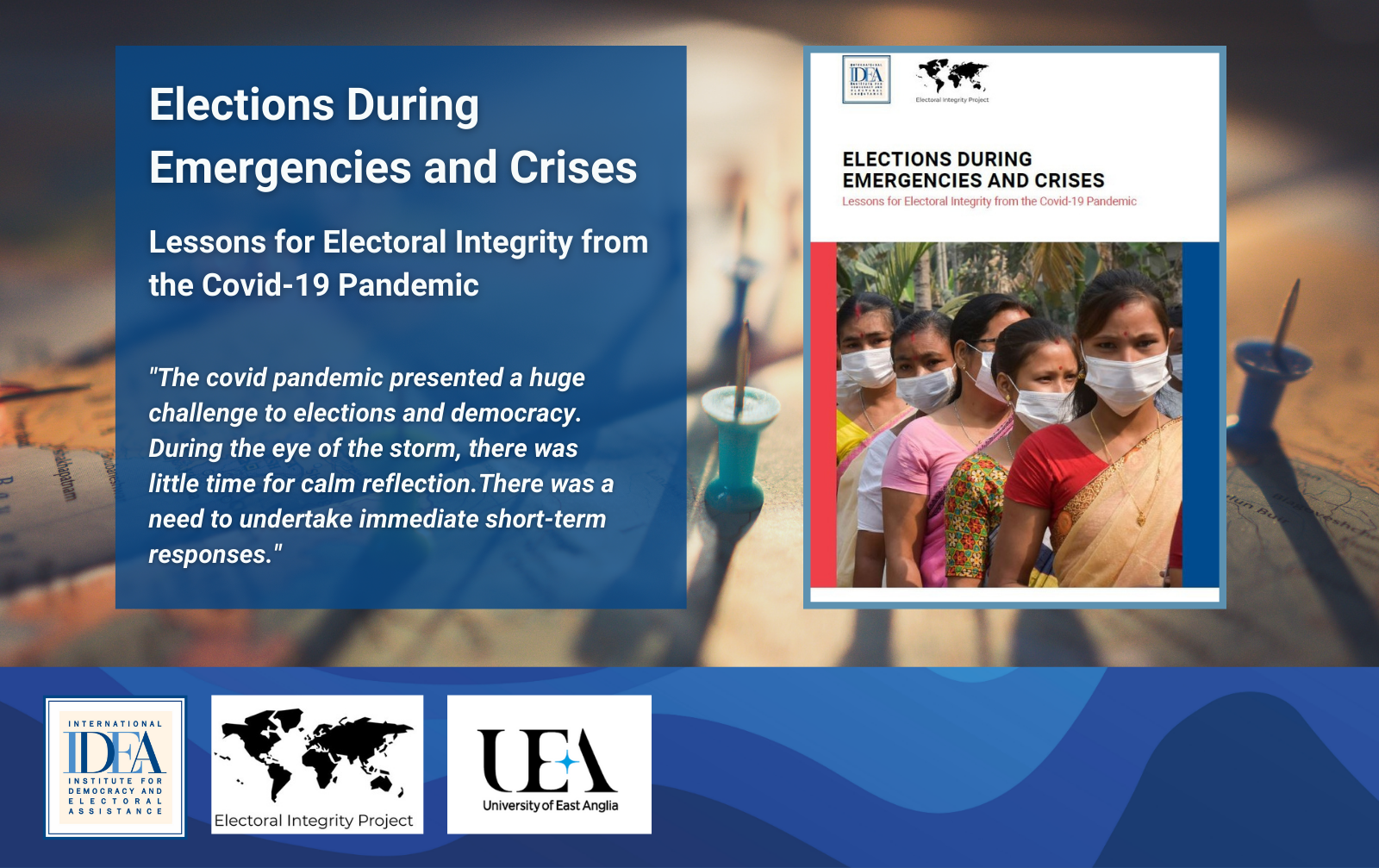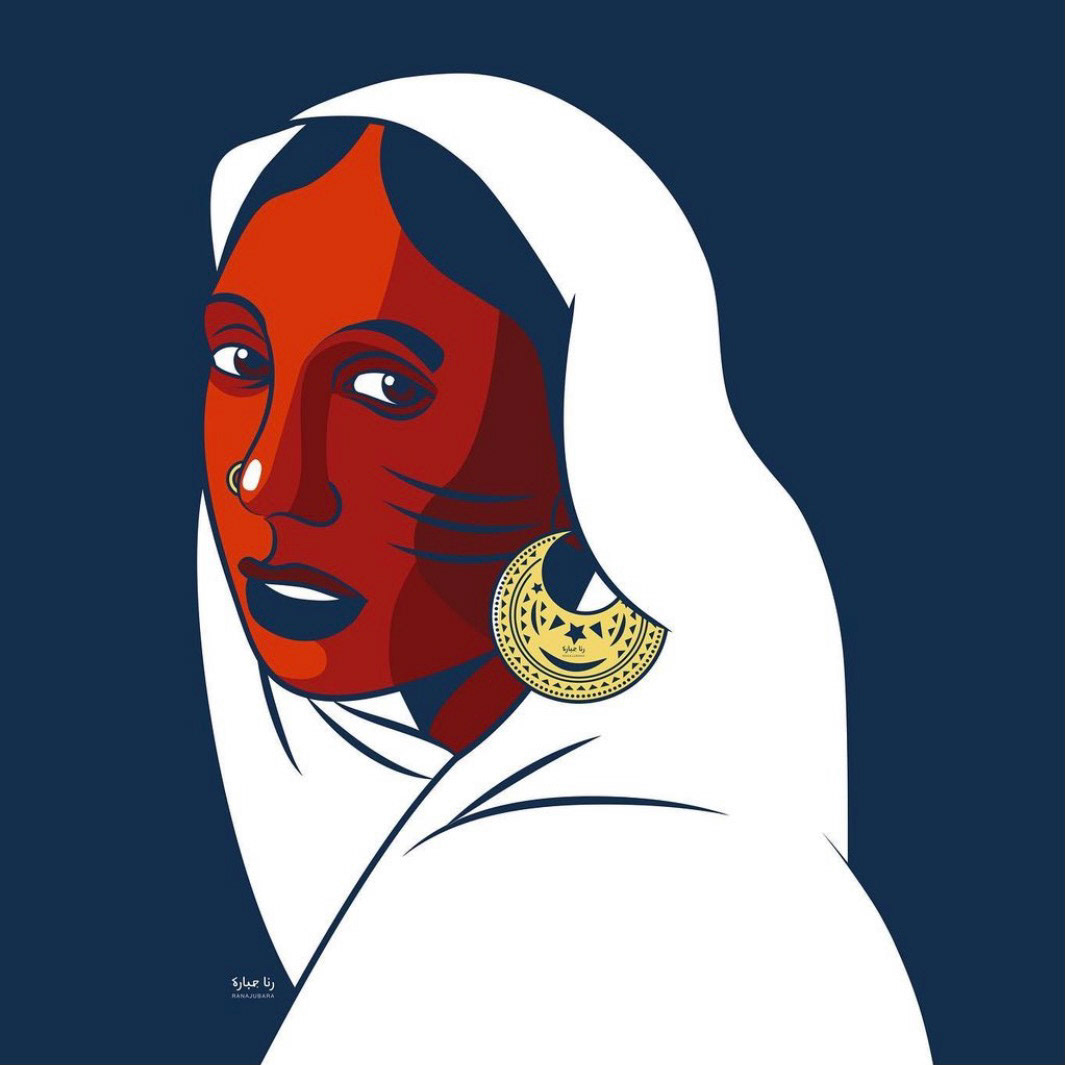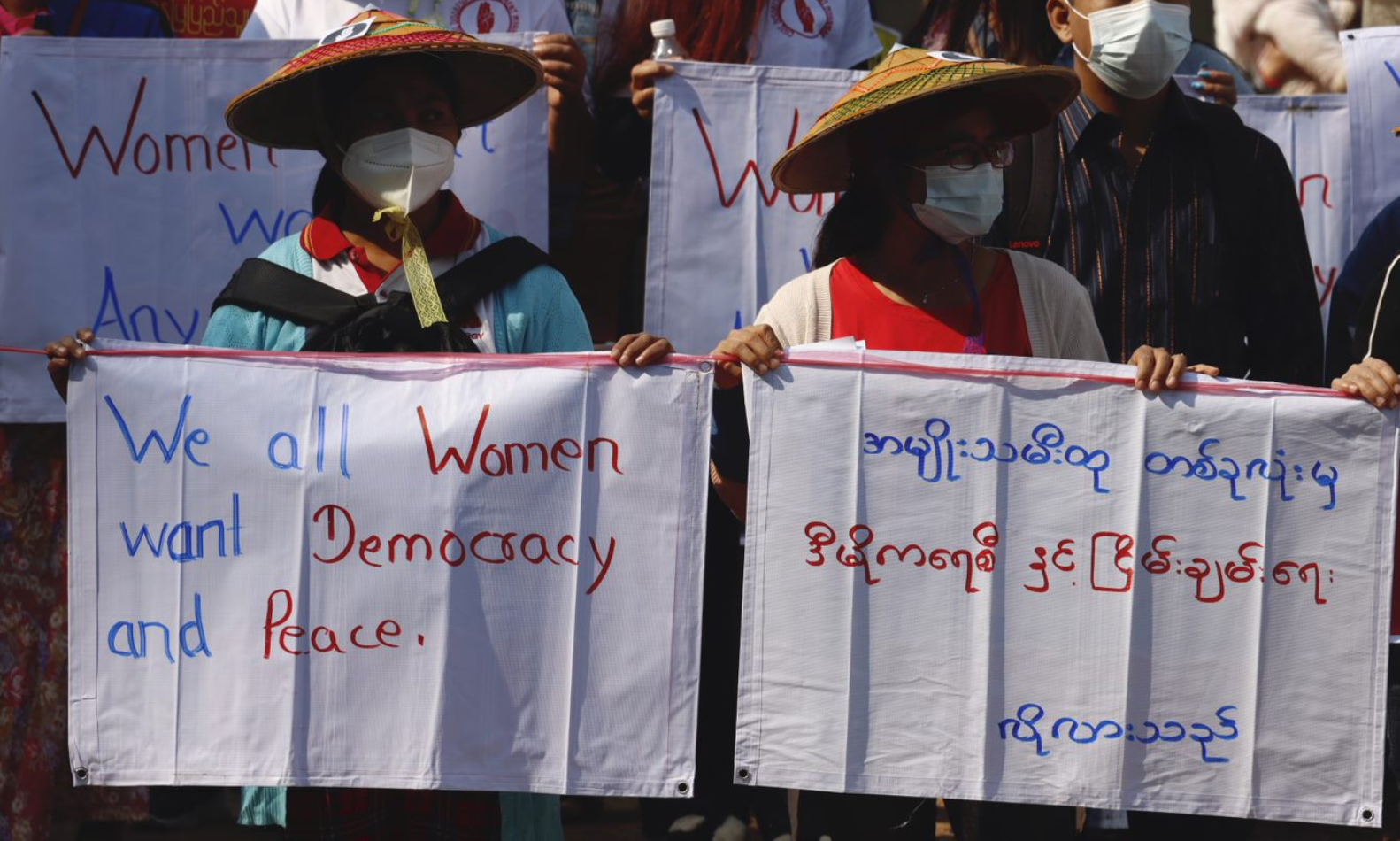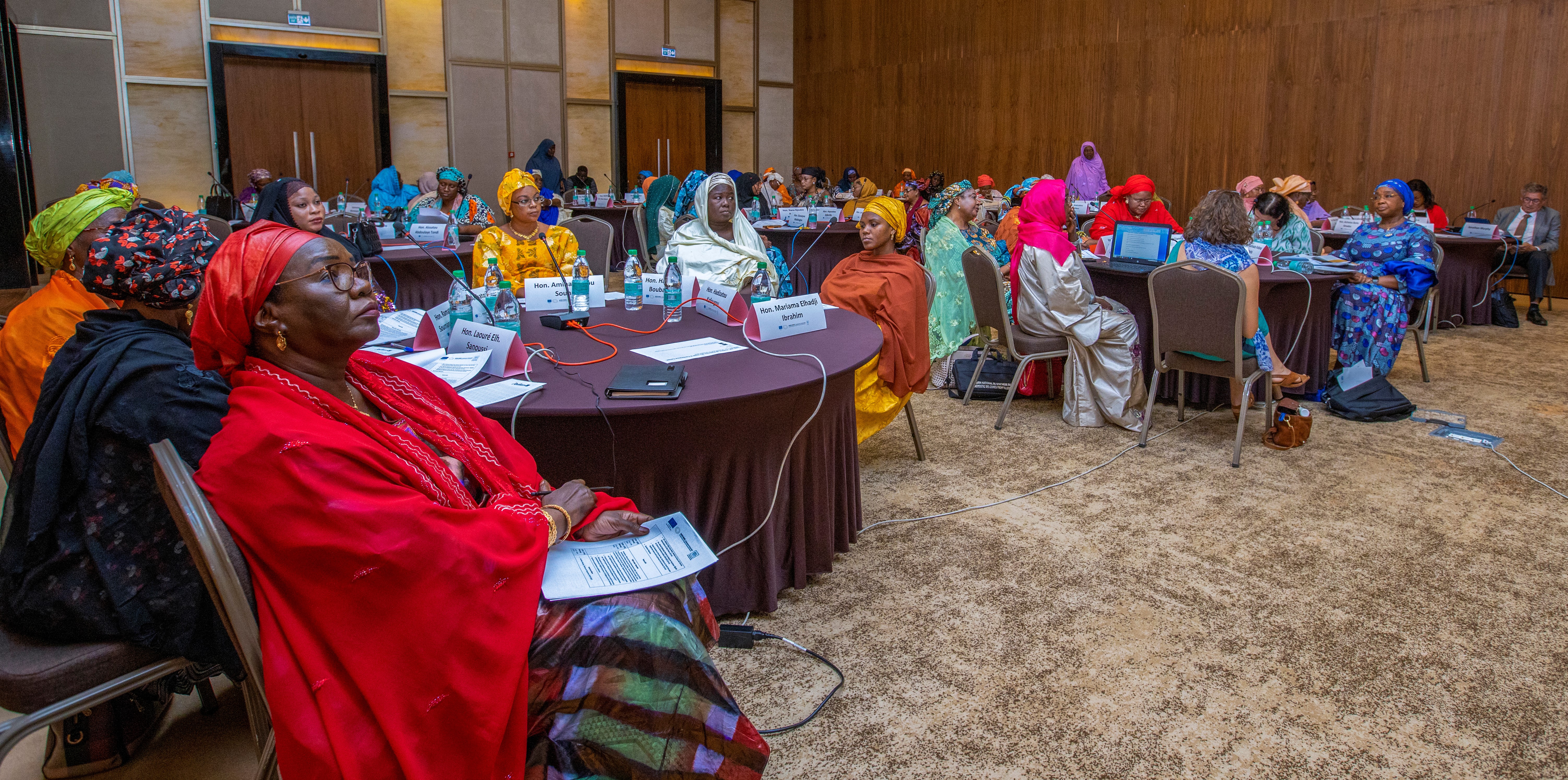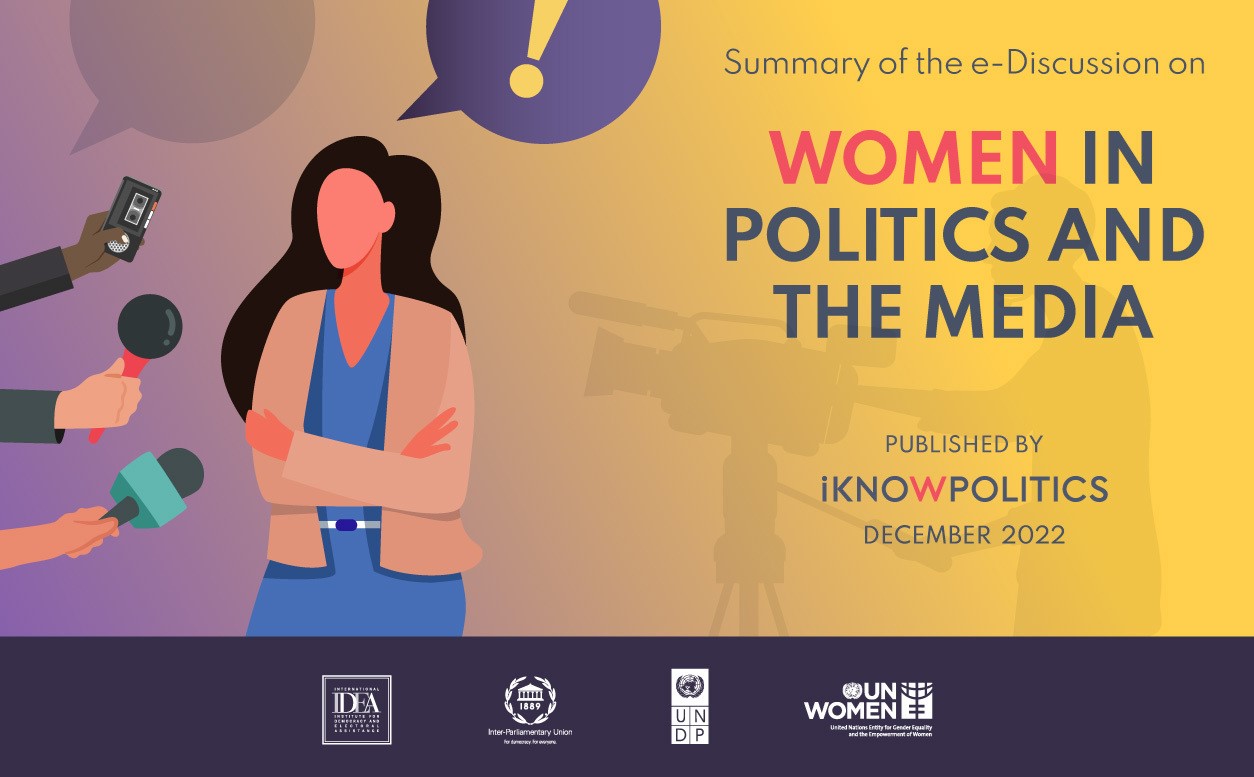Unseeing Eyes: Media Coverage and Gender in Latin American Elections
In a society where mass media is the main venue for political information and electoral competition, limited visibility during a campaign can be challenging to a candidate and limit the possibilities of being elected.
This study covers five countries in Latin America and identifies differences and inequalities that women candidates face in media coverage before elections. It provides an opportunity to contrast the lack of importance placed on gender equality issues in campaigns, which shows that some Latin American societies still face the challenge of making this issue a public concern.
This study uses a methodology designed by UN Women and International IDEA with the participation of Latin American civil society organizations, and which is explained in detail in the recent publication: Election Coverage from a Gender Perspective: A Media Monitoring Manual.
Details
Contents
Acknowledgements
Preface
Introduction
1. Background: Previous research and findings on elections in Peru and Uruguay
2. Criteria and framework for analysis: Use of International IDEA and UN Women monitoring methodology
3. Campaign issues: Primacy of ‘current events’ and absence of ‘gender equality’
4. Are there inequities in the handling of information during the campaign?
5. Comparison of coverage of male and female parliamentary candidates when the media speaks ‘in their own voices’
6. Public or state media: Greater responsibility, more coverage?
7. Stereotypes: Parameters for their identification
8. Conclusions and final recommendations
Notes
Bibliography
Annexes
Give us feedback
Do you have a question or feedback about this publication? Leave us your feedback, and we’ll get back to you
Send feedbackUnseeing Eyes: Media Coverage and Gender in Latin American Elections
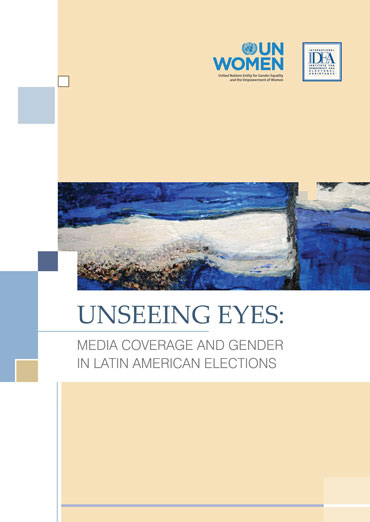
| Total views | 2526 |
|---|---|
| Downloads | 10 |
| Rating |
Give us feedback
Do you have a question or feedback about this publication? Leave us your feedback, and we’ll get back to you
Send feedback
